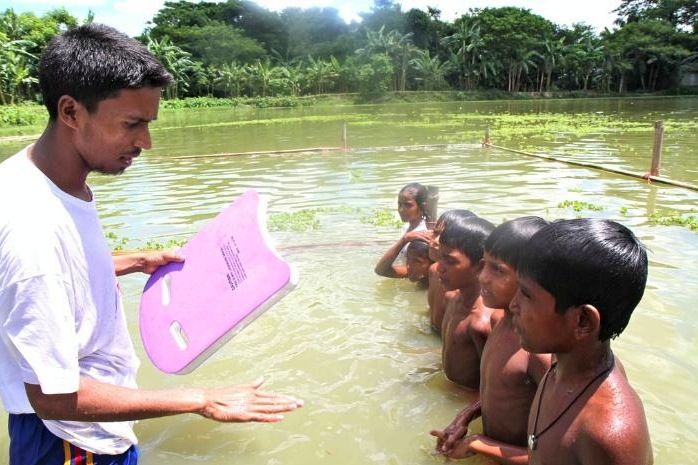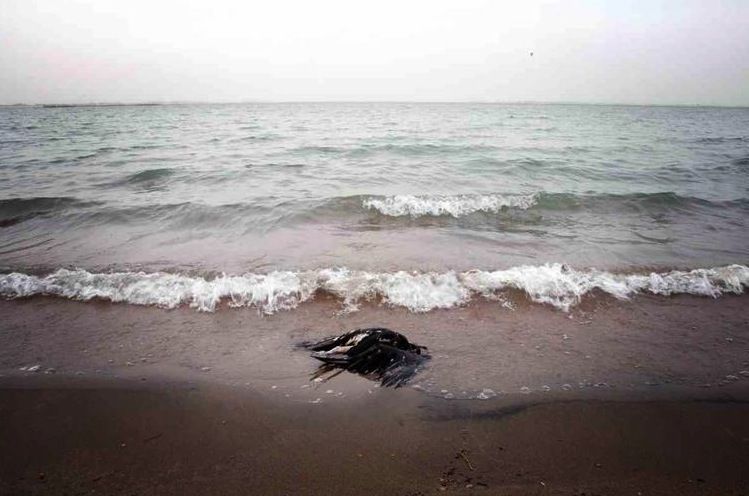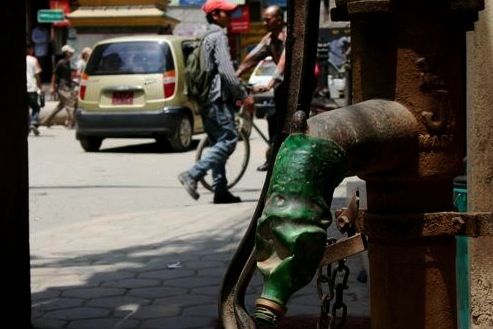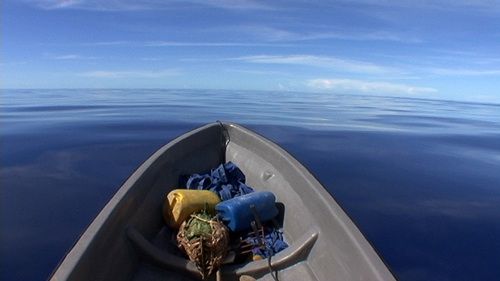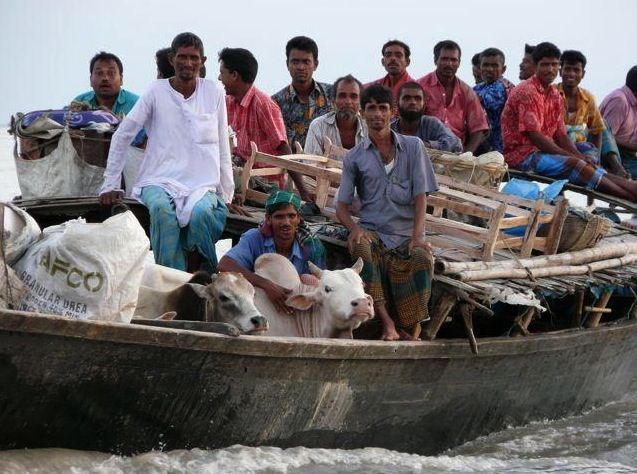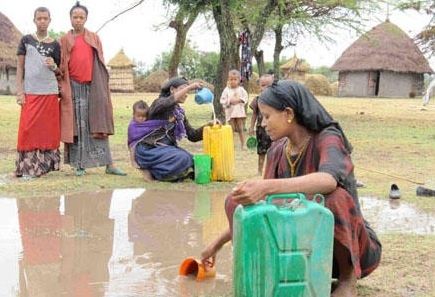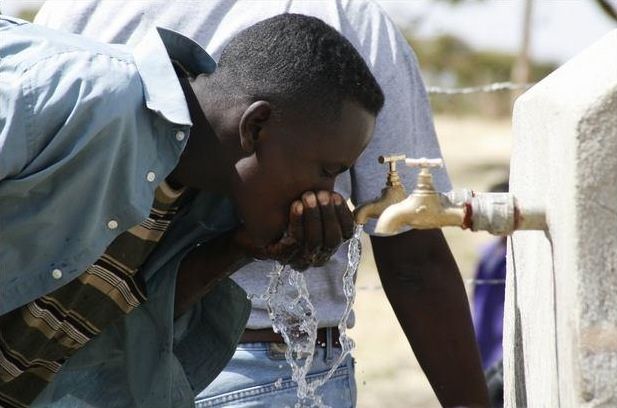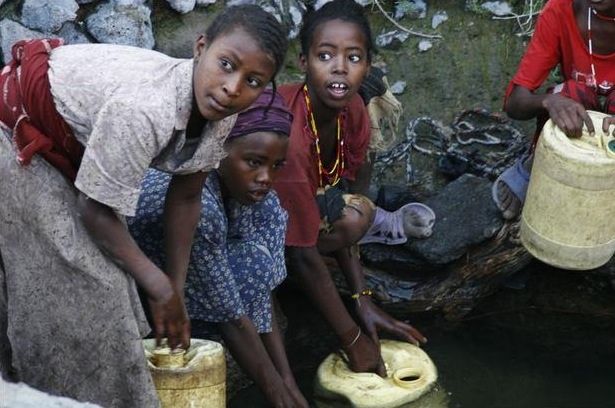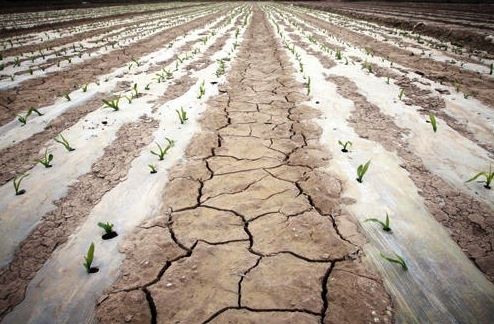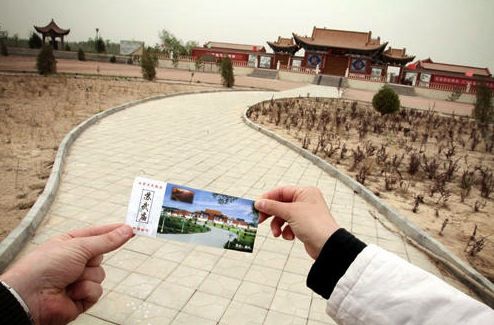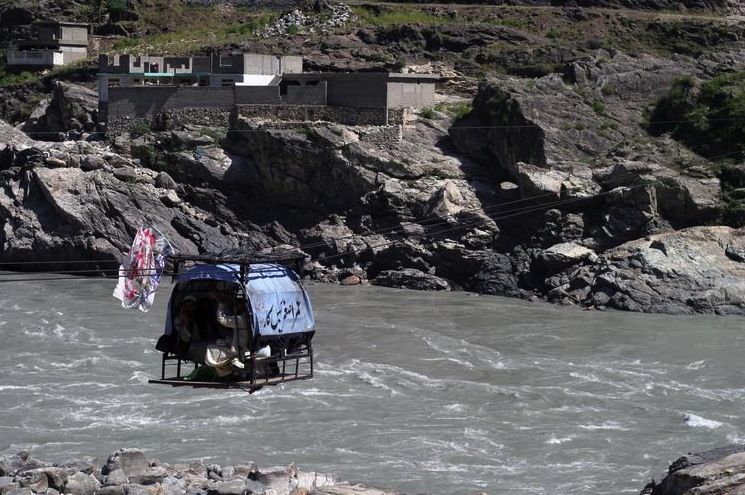Water issues affect us all, from the women who spend hours daily fetching water to political battles over international rivers to melting icepack and rising sea levels. We are all downstream.
Worldwide, just under 900 million people lack reliable access to safe water that is free from disease and industrial waste. And forty percent do not have access to adequate sanitation facilities. The result is one of the world's greatest public health crisis: 4,500 children die every day from waterborne diseases, more than from HIV-AIDS, malaria, and tuberculosis combined.
A robust economy depends on water. So does a thriving ecosystem. Enter politics, fulcrum of the water issue, weighing the fate of economies against the health of individuals and of the environment as a whole. Balance has been elusive. One fifth of the world's population lives in areas where water is physically scarce, and a quarter of the population faces shortages due to lack of infrastructure.
From floods in Pakistan to desertification in China -- monsoon season in Bangladesh, or disappearing glaciers in the Himalayas --- these twelve photos from around the world highlight the stories and human challenges faced daily around the world.
To view multimedia collections of all of Pulitzer Center sponsored water reporting, or to learn more about a particular region in the slideshow, visit "Downstream: Water Access and Sanitation"
The Pulitzer Center is a 501(c)(3) non-profit journalism organization, dedicated to supporting the independent international journalism that U.S. media organizations are increasingly less able to undertake. The Center focuses on under-reported topics, promoting high-quality international reporting and creating platforms that reach broad and diverse audiences.
This blog was compiled as part of Blog Action Day 2010, an annual event that unites the world's bloggers in posting about the same issue on the same day.
